Filming nature and wildlife is my passion. It’s what winds me up and cools me down. While I read a lot of nature and wildlife blogs, I also like to read blogs about life.
One of my favorite blogs I’ve been reading recently is Almost Sexy Mommy run by Trish, a truly remarkable woman.
Anyway, she was telling me that her son, who I’ll just call “S” spent a lot of time on my website reading the posts and watching the videos. So first of all, S, I’m honored that you felt there was something you found of value on my website. That’s the reason it’s here.
Trish told me about a conversation she had with S. He was recently on a class trip and took some photographs of ducks and he wasn’t happy with the results.
Trish told him that not every picture will be perfect and that he was learning. His response was that all the pros get perfect shots all the time. Trish had a great response: “Why would there be so many director’s cuts, outtakes, and bloopers on DVD’s if pros were perfect ALL the time?”
So that got me thinking and I wanted to write a response to S and anyone else that feels that way. So S, this if for you! 🙂
There’s Only A Couple Differences Between You and I
Nature and wildlife photographers and filmmakers are at the mercy of nature. I’ve missed more shots than I’ve taken simply because the subject, flew, swam, walked away or like bison love to do, turn their backs to me. I’ve seen some truly amazing things that I’ve never captured on film or video simply because I couldn’t get the camera set up in time before the moment was lost. I’m totally ok with that because I was there and was able to experience it first hand. Nothing I will ever shoot will come close to actually being there. But here’s a couple of things that with practice will narrow the gap between what you want your photographs to look like and what you’re getting right now.
I Can Anticipate What My Camera Will Give Me For A Result
One of the first things a photographer told me when I said I wanted to get into nature and wildlife photography back in the early eighties was to buy a fully manual Pentax K-1000 camera.
By shooting manually I would learn to understand how shutter speeds and aperture work together and how changing one or the other can give you different results. By having a fully manual camera, I couldn’t let the cameras automatic features make choices for me. So if something was off with exposure or blurred because of a slow shutter speed, it was on me.
 Now you have to remember that this was before the digital age. Today it’s easy to rip a ton of images and check on the spot if you have a good image or not. I had to buy a roll of 36 exposure slide film for about $14, shoot 36 pictures, send the film away to be processed and a few days later check to see if I had any keepers or not. So it was important for me to learn quickly what I could expect by setting my camera at certain settings.
Now you have to remember that this was before the digital age. Today it’s easy to rip a ton of images and check on the spot if you have a good image or not. I had to buy a roll of 36 exposure slide film for about $14, shoot 36 pictures, send the film away to be processed and a few days later check to see if I had any keepers or not. So it was important for me to learn quickly what I could expect by setting my camera at certain settings.
I actually kept a log book when I was out in the field. I’d jot down what lens I used and what shutter speed and aperture as well. So when I got my slides back I could compare them with my notes to learn what worked and what didn’t. Eventually I learned that when I was filming a close-up of a flower that a particular camera setting would give me better results based on a lot of trial and error. So when I came across a flower I wanted to photograph, I knew how to set my camera to get me the best possible image.
Today so many people get a camera, flip the switch to auto and let the camera decide the settings it’s going to use. Most of the time it works pretty well but when it doesn’t you don’t understand why. By learning to shoot in manual mode you can actually put your camera in auto mode and understand what the camera is going to give you. If the camera gets it wrong, you can override it to get the image you want.
The first thing I did when I got my Panasonic PX270 camcorder was to get into the menu and turn off everything that was in auto by default. Now when I’m out in the field, I shoot everything in manual mode. The shutter speed, iris and focus are all in manual.
I got serious about nature and wildlife photography back in 1982 so if I do the math correctly that’s 33 years of taking photographs and shooting video. I would think it’s safe to say that in 33 years I shot tens of thousands, maybe even hundreds of thousands of images and hours and hours of video so I’ve had a lot more practice than you have.:)
So when I shoot video and I set the iris to f5.6, I know that my depth of field, meaning the closest and farthest points in an image that are in focus, will be greater than if I shot the scene at f2.8. I’ve done it so long that it’s automatic and because I learned on a fully manual camera, I know what I need to adjust on the camera to get the result that I want.
My Percentage of Bad vs. Good Is Less
Because I’ve filmed for so long and know the results my camera will give me, the number of bad shots due to technical issues is probably lower than yours. Don’t get me wrong, I still have out of focus shots, over an under exposed footage but the more I’m out in the field the less it happens.
It’s like anything in life. If you want to learn to juggle, you’re not that good at it in the beginning. You get frustrated and sometimes you probably think you’ll never get it so why bother. But the more time you put into it, the better you become.
The odds are in my favor that if I can get a dragonfly to sit still long enough or find a green dragon in bloom I’ll come away with a technically good shot.
Something Else To Think About When It Comes To Manual vs. Automatic
If you took ten photographers or filmmakers, gave them the same subject to film and all their cameras were in auto, they would all look pretty much identical as far as technical details. They’d all be much the same. If you want to stand out from the crowd and have a darker low-key image or maybe more of a blurred background to set your subject apart, you need to be able to override what your camera is wanting to do and adjust it to get what you want from it.
Cameras just let in a certain amount of light for a specific amount of time through a certain sized opening in the lens. That’s it. They’re not mind readers. Once you understand how the three work together to produce different results that leaves only one thing and to me, it’s the one thing that really makes or breaks you.
It All Comes Down To Composition
Modern cameras make it pretty easy to get acceptable results even if you’ve never picked up a camera. What really makes a nature and wildlife photographer or filmmaker stand apart from the crowd comes down to composition. It’s where you place your subject in the frame. It’s what you include or exclude. How close, how far from your subject. It’s the angle you shoot from. To me, composition has the greatest number of variables and the most opportunity to create your own style and stand out from everyone else that’s shooting the same thing.
Probably the greatest example of this is Mark Hirsch who went out every day for an entire year and photographed the same tree. 365 images of the same tree and none of them are identical. I have a copy of his book, THAT TREE and it’s a constant reminder to me to look at things differently.
Whenever you see something that you want to photograph or film, there’s that initial composition that you see. It’s what drew you to want to film that subject to begin with.
Oftentimes when I see something I want to film, I try to capture it as quickly as I can. Take this dragonfly for example. When I first discovered it, I found a composition I liked and filmed a bunch of footage. Once I thought I had enough footage, I started looking for other ways to capture the dragonfly.
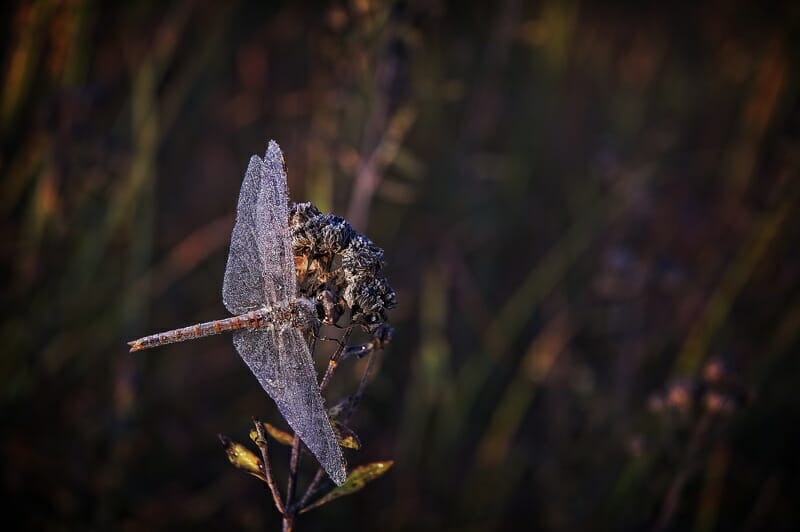 Typically when it comes to dew covered dragonflies you want to be parallel with the dragonflies wings to really capture all the dew glistening in the sun. That was my initial composition. Once I felt safe that I had captured that I moved off to the side and composed my shot with the dragonfly in profile. Doesn’t show the dew covered wings like the other shot did but what a cool shot it turned out to be!
Typically when it comes to dew covered dragonflies you want to be parallel with the dragonflies wings to really capture all the dew glistening in the sun. That was my initial composition. Once I felt safe that I had captured that I moved off to the side and composed my shot with the dragonfly in profile. Doesn’t show the dew covered wings like the other shot did but what a cool shot it turned out to be!
As the dragonfly warmed itself up to get ready for its first flight of the morning, it beat its wings at a very rapid pace. So fast in fact that on video it looks like they are moving in slow motion. Even more amazing, to me at least, was the way the wings warped and flexed as the moved. Something I never would have seen from the initial position I had my camera set up at.
There were probably dozens of compositions that another filmmaker could have chosen. They could have tried to get over the top of the dragonfly to shoot down at it. Maybe they would have gone around the other side of the grass stem and filmed from beneath the dragonfly. Maybe they would have moved in closer. The point is there is an endless variety of options you have available when it comes to composing your shots. Some are loose unwritten rules. Like if you’re filming an animal that is facing to your right you want more space in your frame on the right ahead of the animal so it has room to “walk into” the open space. Try it some time. Find a dog or cat, squirrel, whatever animals you can find and take two pictures. One with the animal’s nose as close to the edge of the frame as you can get it and one with maybe about a third of the frame in front of the animal. Which looks better to you? Does the animal look crowded in the frame with its nose right on the edge of the frame?
How about a flower that has a stem that is leaning to the left. Take two shots again. One with the flower positioned far to the right of the frame so that the stem is bending towards the open frame. The other shot with the flower on the far left so it’s almost out of the frame. I’m guessing to most people, the shot of the flower on the right side of the frame is going to look better. What do you think?
Now these “rules” aren’t set in stone and are broken all the time and you can create some great imagery. But when you’re trying to create your own style, they’re a good foundation to start from.
Sometimes There’s Nothing You Can Do But Enjoy The Moment
You can be a technical master with your camera and your composition is the stuff that awards are made of but when it comes to filming wildlife, they pretty much are calling the shots. Like filming ducks in a pond, they go where they want to go and do what they want to do regardless of what you’d like to have happen. Sometimes it will all come together but a lot of times it won’t. You can do two things. You can just take a shot anyway to document what you saw knowing its just that, or you can just set the camera down and just enjoy the moment. Some of my greatest experiences in nature happened when I just enjoyed the moment and never took my camera out of the bag.
When I was just getting into photography I’d shoot some film even if it wasn’t the makings of a good shot just to document the experience. The older I became, the more I just wanted to be in the moment and not worry about taking a picture or shooting video just to show what I saw.
And finally…
I Only Post The Good Stuff
So even though I’d had years of practice learning how my cameras work, studying wildlife behavior, pouring over books on where certain plants like to grow, every time I hit the record button doesn’t always result in something I’m happy with. So when I post frame grabs from Yellowstone or sunrises on the tallgrass prairie you only see the footage that turned out the best. The rest either were deleted in the field or reside on a hard drive tucked away in the closet of my office never destined to see the light of day.
But to prove my point S, here’s a few clips that didn’t turn out quite the way I wanted them to.
So you see there’s really no difference between you and me that practice and learning from the shots that didn’t work out won’t fix. One day someone will be looking at your website saying I wish I could shoot photographs as well as he does cause everything on his site is incredible. If you’re passionate about your photography it’ll happen. You can take that to the bank!
And as always, shoot the ordinary and make it extraordinary!

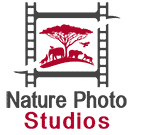


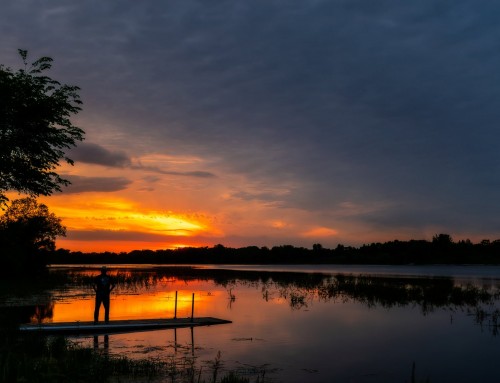
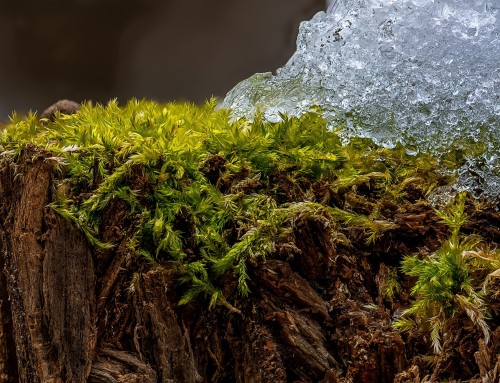


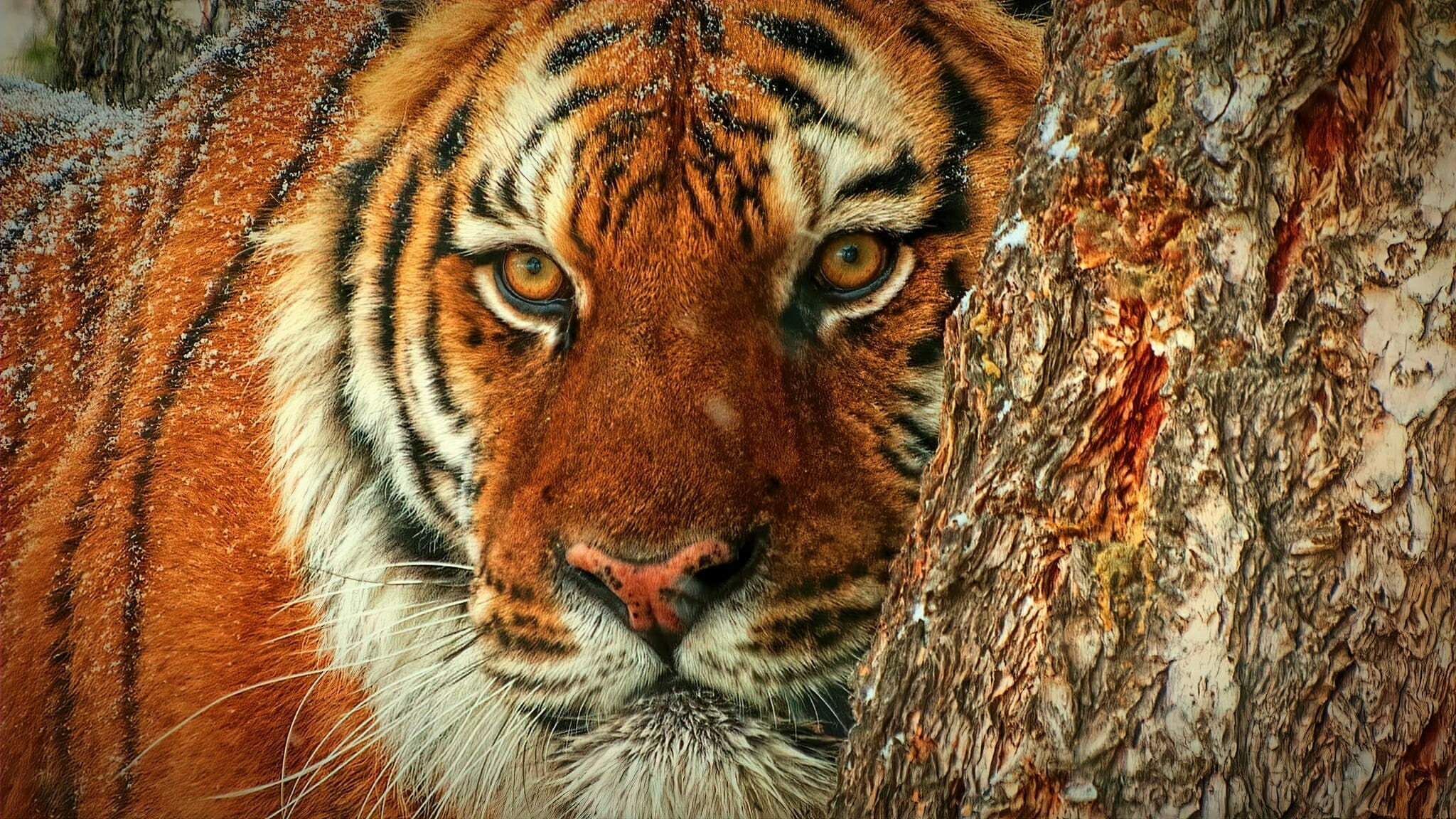
Good advice indeed Kevin. We all have those early days shots, and even current days shots that just don’t work out. Another key factor for the “pros” are they are ruthless editors of their own work. It is a good thing for all of us to continue to practice.
Thanks Mark for the comment!
Ruthless editing really is another factor. I think we set the bar higher and higher for ourselves as time passes and our skill level increases.
I remember my early shots I was tickled just to be able to have a photo of a deer. Didn’t matter if the exposure was bad, if the deer was centered and if it was just a little brown dot because it was so far away. I captured it! Now I wouldn’t even hit the record button. But I don’t think it’s because our noses are in the the air or our ego is too big. I think when you start capturing the beauty of nature like you see in your heart, a bad image or video clip doesn’t do nature justice so you delete it.
I think the second thing is that we’ve been doing it for so long that we have also learned to just enjoy the moment.
If I realize that I can do the subject justice or that there is no way of setting up my camera without spooking the subject, I just enjoy the moment. Sure I can’t share that moment with others but can you REALLY share any moment fully with anyone else that wasn’t there? So I just marvel at nature, enjoy the show that is being put on for me and don’t worry if I never record the moment.
Hey Kevin,
Life has been crazy so it’s taken a bit for me to get here. S loved this post and loved hearing the reality of professional cinematography/photography. He’s been practicing as much as he can, and is actually much happier with what he’s doing. He’s stopped being so hard on himself and instead looks at every mistake as a learning experience. I really can’t thank you enough for this post. I asked him if there was anything else he wanted to know – and he said ‘everything!’ lol. I asked him to narrow it down (since that seemed a little broad), and he said he’d love to see your most favorite footage – as well as knowing what about it made it your favorite. He’d like to know “if the way it turns out is what makes it the best, or if it’s just that you got to be there AND it turned out awesome”. Don’t know if you can do anything with that, but message relayed, lol. Oh… just came back and wants to know if you think a tripod is 100% necessary (hint* he’s hoping for ‘yes’ so he can convince me he needs one).
Trish,
First of all, thanks for taking the time to leave a comment. I get a lot of traffic but unless people leave comments I don’t know what I can do better and if I’m really creating useful content.
Can’t tell you how happy I am that the article helped S. It’s been so long since I first started out in photography and filmmaking that I forget what it felt like when my images didn’t look anything like what I hoped they would. I get doses of that every now and then like when I try to show someone something on the computer and I tell them to hit the F1 key and they hit the letter F and the number one key. Kinda brings it home.
I’m glad he’s stopped being so hard on himself. As you saw in the video, I make plenty of mistakes. Those were just some recent ones. 🙂 Learning from the footage that’s not up to par is one of the quickest ways to improve. If you keep learning what not to do, the only thing left is the right thing to do. 🙂 Eventually the percentage of right over wrong improves.
I really love his idea for a post about my favorite footage. I was actually starting work on a post of footage mistakes from footage I’ve licensed from a stock footage agency. I hate to admit it but it’s really hard for me to shoot things “wrong”. I’ll be filming a dragonfly or something using the Rule of Thirds and I know I should get a shot with the subject centered in the frame which most of the time is the wrong thing to do. But, I have this fear that something amazing will happen when I have the subject framed wrong and I’ll be upset with myself for not having it framed right. 🙂
So, I licensed a bunch of footage that I feel could be better and will do a post explaining why.
I will make sure that I do a post of my favorite footage and why. A lot of it is because it comes close to the feeling I had when I shot it but some of it is also just because it turned out better than I ever imagined. I’ll start gathering clips of my favorite footage and work on a post soon.
As for tripods… start saving your money! 🙂 I never shoot anything without the camera on a tripod. There are several reasons why and I’ll do apposite on that too. I think I may have done one a while back but I’ll do a bette one. The only real con, ok well I guess I can think of two off the top of my head. One, you have to carry the tripos around with you. This can be tough in some situations. Two, you do miss shots taking the time to set up a tripod. I’m ok with both of those and I’ll try to explain those in a video.
I’d like to get out in the next few days and film these. So Hopefully I can turn these around fairly quickly.
Tell S to keep the questions coming and I’ll do my best to answer them and give him some examples if I can!
Hello Kevin, This is a really great captures. You did an outstanding job.All images were just mind blowing. Appreciate your skill of photography.